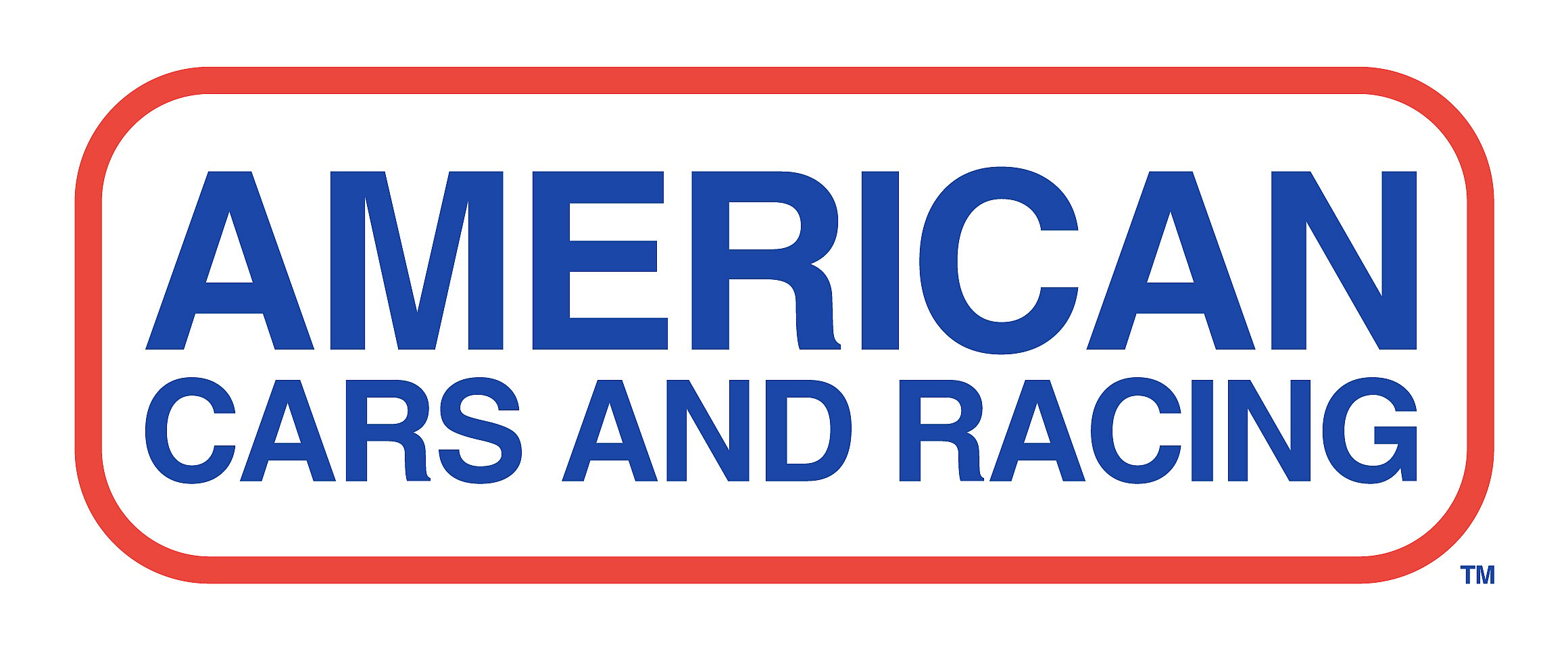Dodge Doesn’t Seem To Know Or Care How Many Electric Charger Daytonas It Will Sell
The Dodge Charger Daytona will be on sale soon, but how many it will sell is still anyone’s guess.
The all-electric model is a risky departure for the brand that’s meant to replace its legendary V8-powered muscle cars.
It was originally announced in 2022 at the height of the “everyone’s going electric” phase of the automotive industry, which has tempered off quite a bit.
GM is slowing its “EVerybody In” rollout of electric models and Ford has started a major shift toward hybrids and conventional internal combustion engine vehicles.
Read Also: DODGE’S HURRICRATE ENGINES ARE COMING ‘STRAIGHT’ FOR YOU

It’s also committed to “never” selling an electric Mustang, at least one that’s not an SUV.
Dodge’s new CEO Matt McAlear told American Cars And Racing he’s very aware of the market moves, but that “I would much rather be a part of the conversation and the debate than not.”
“As long as we stay part of the conversation, we have a chance to change perception and move the needle forward with muscle cars.”
The Charger Daytona is designed to emulate classic muscle cars in a number of ways, not just styling. It’s equipped with a system called the Fratzonic Chambered Exhaust that creates a faux exhaust note and vibrates the vehicle to the rhythm of a V8 engine. Future models will also have a so-called eRupt transmission that simulates gear shifts, which aren’t necessary in an EV.
Online reactions to the sound of the Fratzonic Chambered Exhaust have been mixed. Some people are surprised how much more convincing the final version sounds than the prototype demonstrated last year did, while others want nothing to do with it.
MODERN MUSCLE CAR SHOWDOWN: DODGE CHARGER DAYTONA V FORD MUSTANG MACH-E
McAlear admits that “it will be a challenge,” to win over many diehards, but thinks “we’re going to bring some new people along for the drive.” He says the Daytona Charger’s standard all-wheel-drive also makes it suitable for all regions of the U.S, unlike a two-wheel-drive sports car.
He also points to the pricing, which starts at $61,590 for a 496 hp R/T and a $75,185 for a 670 hp Scat Pack. That’s significantly more than the V8-powered Challenger R/T and Scat Pack, but they are also more powerful. The Scat Pack can also accelerate to 60 mph in 3.3 seconds, which makes it quicker than the supercharged Challenger SRT Hellcat, which had a higher price.
Read Also: THE ELECTRIC DODGE CHARGER DAYTONA IS THE CHEAPEST 2-DOOR SPORTS CAR WITH 496 HP AND 670 HP
But the ace in Dodge’s sleeve is that gas-powered Chargers are on the way late next year, which will broaden its appeal. They won’t have V8s, but will come powered by a 3.0-liter straight-six turbo Dodge is calling the SIXPACK. The first available models will have 420 hp and 550 hp, which is more than the Challenger’s naturally aspirated V8s offered.

The Dodge Charger has a straight-six-cylinder engine.
McAlear said Dodge is confident in this “multi-energy” approach, which will allow it to adjust production to meet real world market demand. Exactly what that demand will be, he’s not sure and said that Dodge is not committed to any fixed production mix of electric and ICE cars at this time.
McAlear’s predecessor in the CEO position, Tim Kuniskis, often said that Dodge made cars that people want, not cars that people need, so it sounds like that’s one thing that hasn’t changed.
